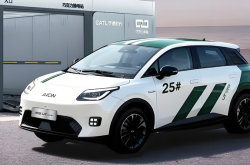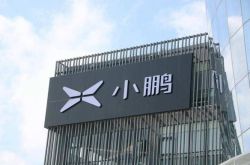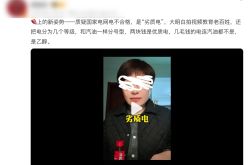Foreign Car Brands Face Persistent Sales Decline in China: Strategies to Reverse the Trend
![]() 01/20 2025
01/20 2025
![]() 567
567
In recent years, foreign car brands (comprising joint ventures and wholly-owned automakers) that once commanded over 60% of the domestic passenger vehicle market have witnessed continuous sales declines, with their market share shrinking annually.
Domestic production of foreign car brands, encompassing German, Japanese, French, American, and Korean marques, has generally experienced a downturn in Chinese sales. According to incomplete statistics, in 2024, save for a handful of individual enterprises, sales of joint venture automakers were almost uniformly negative, with many witnessing double-digit declines. The market share of foreign brand passenger vehicles in the domestic automotive landscape has plummeted to roughly 50%.

Joint venture automakers, which once reigned supreme in the Chinese passenger vehicle market, now confront immense pressure to expedite their transformation and innovation in order to recapture their former glory amidst the evolving landscape.
Persistent Sales Decline of Foreign Car Brands
German cars were the pioneering foreign brands to enter the Chinese market. In the 1980s and 1990s, the Santana model alone from SAIC Volkswagen accounted for 60-70% of the domestic car market. As one of the German brands with the highest sales in China, Volkswagen brand passenger vehicles sold 2.9281 million units in the Chinese market in 2024, constituting 32.4% of global sales, yet sales in China declined by 9.5% year-on-year.

In the luxury car segment, German luxury brands represented by Mercedes-Benz, BMW, and Audi all reported sales declines in the Chinese market in 2024. Mercedes-Benz sales in China dropped by 7% year-on-year, BMW by 13.4%, and Audi by 10.9%. Porsche sales in China fell by 28% year-on-year, marking the third consecutive year of decline.
The three major Japanese automakers, Honda, Toyota, and Nissan, all sold fewer new vehicles in China in 2024 compared to the previous year. Honda witnessed a 30.9% decrease in 2024; Nissan fell by 12.2%, and Toyota by 6.9% year-on-year.
Among Korean brands, Beijing Hyundai experienced a 39% year-on-year decline in 2024. However, thanks to a substantial increase in exports, Yueda Kia sold 248,000 vehicles in 2024, representing a 49.2% year-on-year increase.
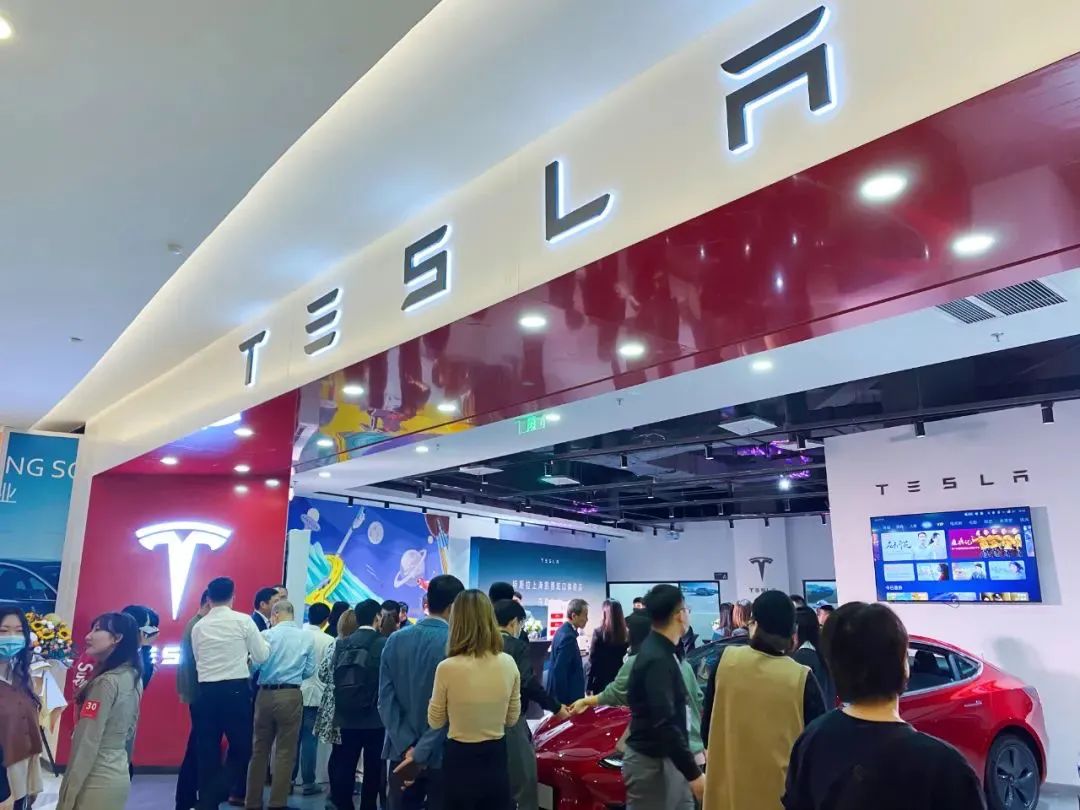
Among American brands, with the exception of Tesla, sales of other brands have also fallen significantly.
Notably, some joint venture automakers have achieved "sales stabilization" by accelerating their transition towards new energy vehicles. SAIC Volkswagen's sales of new energy models continued to rise in 2024, surpassing 143,000 units, a 12% year-on-year increase; FAW Toyota sold 380,000 electrified models in 2024, a 36% increase from 2023, accounting for 48% of total sales; BMW and MINI brand pure electric models sold in China increased by 7.7% year-on-year in 2024, with pure electric models comprising 15% of the group's total sales in China.
Two Major Reasons for Joint Venture Automakers' Lagging Behind in the Chinese Market
Some analysts attribute the lag of domestic joint venture automakers to two primary factors: the low penetration rate of new energy vehicles and the sluggish model update process.

In recent years, China's automotive growth has primarily been fueled by new energy vehicles and automobile exports. Chinese independent brands such as BYD, Geely, Chery, and Great Wall boast high penetration rates of new energy vehicles. Coupled with new automotive forces like Tesla, Aion, Wenjie, Zeekr, Leapmotor, NIO, Li Auto, and XPeng, which focus on new energy vehicles, the market share of domestic new energy vehicles (including independent, wholly-owned, and joint venture brands) exceeded 40% in 2024. Concurrently, the fuel vehicle market declined during the same period.
According to the China Association of Automobile Manufacturers, domestic sales of domestic passenger vehicles in 2024 reached 22.608 million units, a year-on-year increase of 3.1%; among them, domestic sales of traditional fuel passenger vehicles were 11.558 million units, a decrease of 2.485 million units from the previous year, marking a year-on-year decline of 17.4%.
In contrast to Chinese independent brands, joint venture brands' products are still predominantly traditional fuel vehicles. With the shrinking market for traditional fuel vehicles, how could joint venture brands' sales avoid declining?
Joint venture car brands have been too sluggish in deploying new energy products compared to Chinese independent car brands, resulting in high costs, low market competitiveness, and a meager market share.
The China Association of Automobile Manufacturers predicts that new energy vehicles will continue to maintain a relatively rapid growth rate in 2025, with sales anticipated to reach 16 million units, achieving a year-on-year growth rate of 24.4%. The primary driver behind new energy vehicles will continue to be Chinese independent brands.
Conversely, joint venture brands' new energy vehicle products still lag behind in terms of range, charging capabilities, intelligence, and production costs.
Joint Venture Automakers Still Have Room for Development in China
Utilizing foreign investment is a cornerstone of China's opening-up policy. Since the 1980s, China's automotive sector has reaped significant benefits from absorbing foreign direct investment. Major multinational automakers have successively established joint venture vehicle enterprises in China and attracted a myriad of auto parts giants to invest and establish factories in the country.

Sino-foreign joint venture automakers have brought technology, capital, and models, catalyzing the rapid development of China's automotive industry. In just over a decade, China ascended to become the world's largest automobile producer and the largest new car market in 2009, a position it has maintained to this day. It is no exaggeration to state that without joint venture automakers, China's automotive industry would not be where it is today.
Some analysts posit that electric and fuel vehicles will coexist in the Chinese new car market for an extended period. Even if new energy passenger vehicles attain a 50% market share, there will still be a market for over 10 million fuel passenger vehicles annually.

In the traditional fuel vehicle market, joint venture automakers undoubtedly possess inherent advantages. The crux lies in how to expedite product updates and the electrification and intelligence of fuel vehicles.
The predicament of foreign car brands in the Chinese market is not irreversible. In understanding and adapting to the evolving needs and preferences of the Chinese consumer market, foreign car brands must acclimate to changes in Chinese consumers' purchasing demands, tastes, and consumption philosophies, as well as their expectations for vehicle exterior design, interior styling, technological configuration, after-sales service, and more.
Faced with market competition pressures and product marketing challenges, foreign car brands can accelerate their transformation process by collaborating with Chinese automakers to leverage China's technological prowess in electrification and intelligence. Collaborations between Volkswagen and XPeng, and between Mercedes-Benz and Geely, have set a commendable precedent.
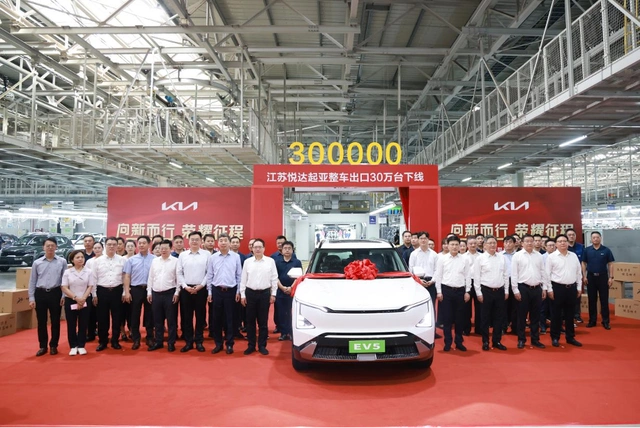
Furthermore, some joint venture automakers can capitalize on China's cost advantages, alongside their own technological prowess and manufacturing capabilities, to expand automobile exports.
The Chinese automotive market is an open one. Foreign car brands are not poised to exit the Chinese market, and joint venture automakers still possess substantial room for growth in China. The key lies in how they innovate and adapt. (End)

